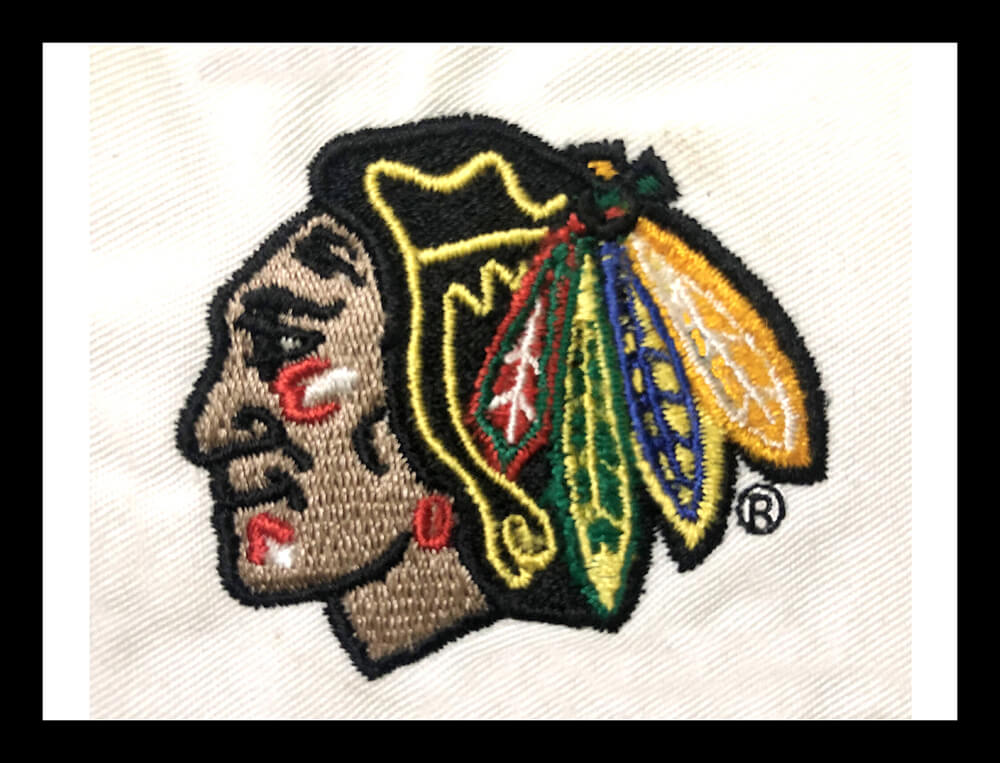Cost Effective Digitizing for Embroidery: Accuracy and Information
Mastering the Embroidery Digitizing Refine: Your Ultimate Guide
Needlework digitizing is a meticulous craft that needs accuracy and knowledge to equate complex layouts into digital styles for device embroidery. As craftsmens embark on this journey to grasp the embroidery digitizing process, a detailed understanding of the fundamentals establishes the foundation for excellence.

Recognizing Needlework Digitizing Basics
Embroidery digitizing fundamentals develop the structure whereupon detailed designs are translated right into machine-readable layouts for specific sewing. This first step in the embroidery digitizing process is essential for guaranteeing that the final embroidered product is a faithful depiction of the initial layout. Understanding embroidery digitizing fundamentals includes understanding crucial concepts such as stitch kinds, stitch direction, density, underlay, and draw settlement.
Stitch types play a vital duty in establishing the aesthetic and textural result of the embroidered design. By picking the ideal stitch type, whether it be satin, fill, or running stitch, digitizers can achieve the desired effect and improve the overall top quality of the embroidery. Additionally, sew direction affects the circulation and measurement of the style, while thickness establishes the spacing and protection of the stitches.
Furthermore, padding stitching provides security to the design by safeguarding the fabric and preventing distortion throughout the embroidery procedure. Pull settlement is one more important factor to consider to counteract the all-natural tendency of textile to contract when sewn. Mastering these embroidery digitizing essentials is essential for developing professional-quality embroidered items.
Picking the Right Digitizing Software
Choosing the proper digitizing software is an important choice that considerably influences the performance and quality of the embroidery digitizing process. Digitizing for Embroidery. When selecting the appropriate digitizing software, it is necessary to take into consideration elements such as the intricacy of styles you intend to develop, the user-friendliness of the software program, the level of customer support used, and the compatibility with your needlework equipment
There are various digitizing software alternatives readily available out there, ranging from basic programs for beginners to innovative software program for specialist digitizers. Some prominent selections include Wilcom EmbroideryStudio, Hatch Needlework Software, and PulseID. These software provide a variety of devices and attributes to help you develop detailed designs easily.
Prior to making a choice, it is a good idea to check out the various software application alternatives with free tests or trials to identify which one ideal matches your needs. In addition, checking out evaluations and seeking referrals from seasoned digitizers can give important insights into the toughness and weak points of each software (Digitizing for Embroidery). By very carefully reviewing your needs and contrasting the attributes of different digitizing software program, you can make an informed option that enhances your needlework digitizing operations
Digitizing Devices and Techniques

Optimizing Layout Setup for Needlework
Grasping the complexities of style settings is fundamental in achieving optimum lead to the needlework digitizing process, building upon the foundation laid by recognizing digitizing devices and methods. When enhancing design setups for needlework, it is vital to think about aspects such as stitch type, thickness, padding, pull compensation, and registration. Sew kind selection impacts the total appearance and feel of the design, with alternatives like satin, fill, and running stitches using different textures and results. Density have a peek here refers to the spacing and density of stitches, impacting the design's insurance coverage and toughness. Appropriate underlay sewing offers stability and stops material distortion, specifically for complicated designs or on elastic materials. Draw payment adjusts for textile stretch during sewing, guaranteeing accurate layout duplication. Registration setups align various elements of the style accurately, keeping general layout stability. By fine-tuning these layout setups, embroiderers can enhance the top quality and precision of their stitched creations.

Troubleshooting Common Digitizing Issues
When experiencing usual digitizing issues throughout the embroidery process, it is important to comprehend the origin and apply effective options promptly. One usual trouble is stitch density problems, where stitches might be too dense, triggering the textile to pucker, or as well thin, leading to gaps in the layout. Adjusting the stitch density setups in the digitizing software program can help fix this problem.
An additional constant challenge is thread breaks during the embroidery procedure. This can take place as a result of various reasons such as incorrect tension settings, boring needles, or utilizing low-grade string. Ensuring proper maintenance of the embroidery device, including routine needle modifications and tension modifications, can lessen the incident of string breaks.
In addition, design enrollment mistakes can cause misaligned components within the needlework layout. Examining the layout placement in the digitizing software program and making necessary adjustments prior to sewing can aid in preventing this problem. By dealing with these common digitizing issues quickly and efficiently, you can guarantee a additional info smoother embroidery procedure and high-quality ended up items.
Verdict
In verdict, understanding the needlework digitizing process needs a solid understanding of the fundamentals, the best choice of software, and expertise of devices and strategies. Maximizing style settings and repairing common digitizing concerns are critical actions in guaranteeing premium embroidery outcomes. By complying with these steps faithfully, one can accomplish precision and performance in the digitizing process.